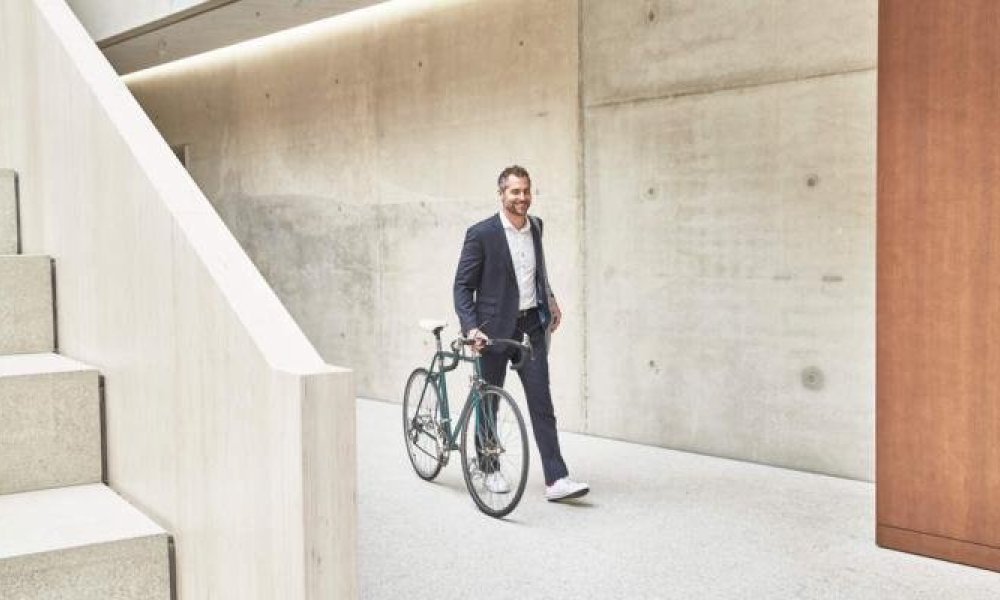Cities are responsible for 70 percent of global carbon emissions and 80 percent of energy consumption globally. Practices or methods that can be transferred between cities, can therefore contribute to rapid improvements in emissions globally. Electric mobility, public transport, walking and cycling represent quick wins to cut emissions.
The street design manual for Oslo has led to improvements in the Norwegian capital's cityscape. Changes in the street layout have been highlighted as a stellar example of how to design a safe and functional cityscape that facilitates sustainable transport. Underway, the balance between different modes of mobility in Oslo has been heavily debated. Therefore, a deep dive in the main elements of the manual shows how detailed urban planning can enable safe and seamless transport (1).
- Zero emissions: The city design should promote zero-emission mobility.
- Safety: Division of streets to separate different transport modes.
- Universal accessibility: The manual suggests solutions that will ensure access for pedestrians, cyclists and people who use public transport.
- Climate adaptation: Protection of infrastructure from stormwater and snow.
- Focus on growing vegetation: Balance between the city and the surrounding nature.
- Air quality: Reduced speed limits and electrification.
Vegetation, local biodiversity and human wellbeing are central to the manual. An interesting fact is that two thirds of all recorded species in Norway have been found in the Municipality of Oslo (2). Green spaces and combining street furniture with re-vegetation has sparked new free zones from urban noise pollution and emissions for humans, insects, birds and other species.
The Solutions team at Storebrand Asset Management welcomes systematic urban planning. Our investment themes within Smart Cities are urban planning, mobility and water management. Holistic planning to address all three is crucial to enable sustainable urban development. Clear communication and predictability help our portfolio companies to plan their current and future investments.
Some portfolio companies that benefit from Oslo's urban planning are Acciona, which is an infrastructure company that builds the new railroad between Oslo and Ski, the Follo Line (Follobanen). Other examples are the firm that delivers Oslo's new trams, CAF, and BYD, which has manufactured the city's electric buses. Schneider Electric and the Norwegian electric vehicle charger company Zaptec also operate in the electric mobility segment.
1. C40 (2020), Street Design Manual for Oslo
2. Oslo Municipality (2015), Friluftsetaten, Viltet i Oslo




